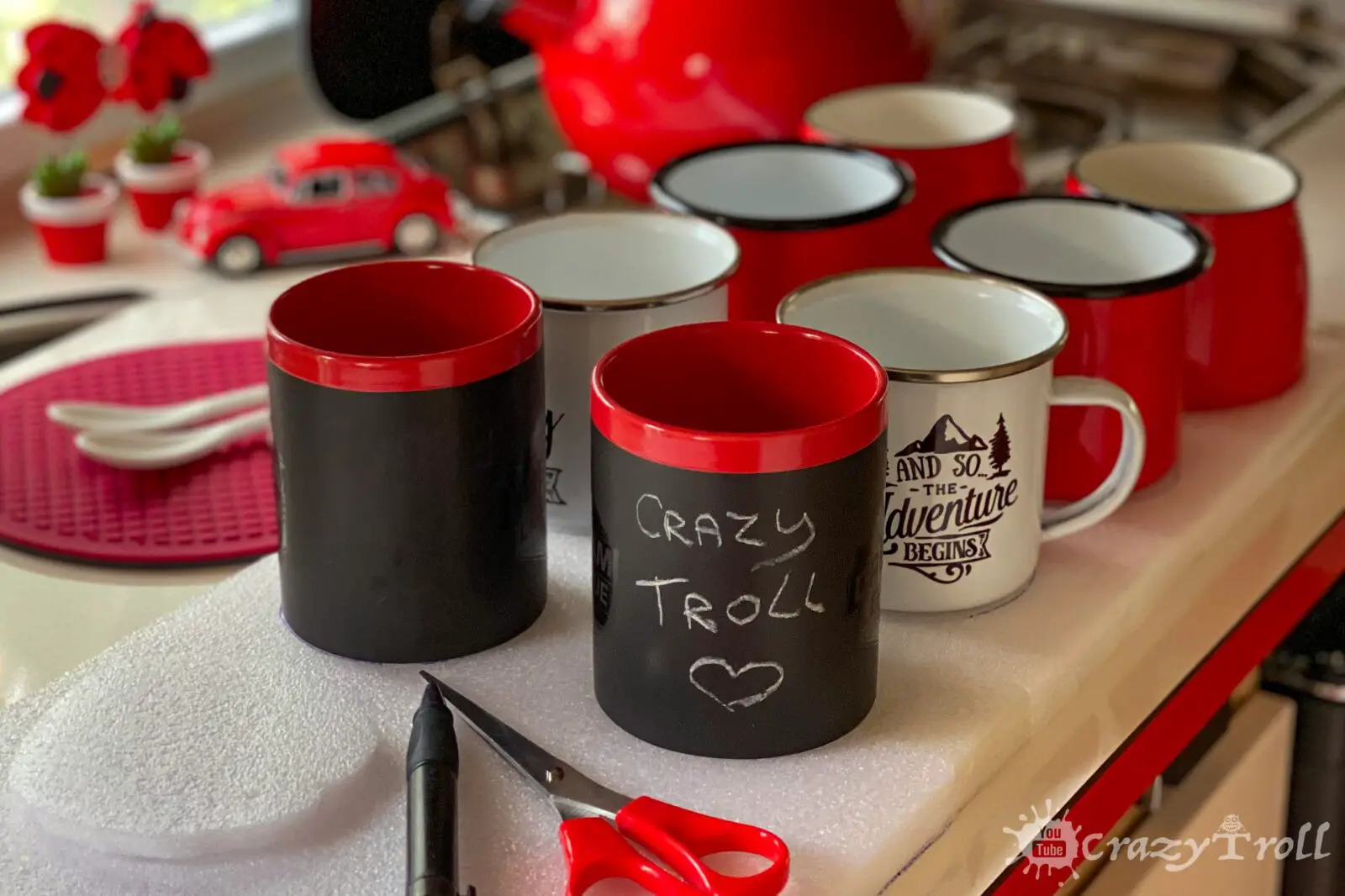To properly clean your RV roof, use a medium bristle brush, Rubber Roof Treatment, or other specialized roof cleaner and plenty of water. Avoid any citric-based products and any cleaners with petroleum distillates. Continue cleaning until there aren’t any white or other residues on the roof.
Keep reading to get all the steps you will need to properly clean your RV’s roof and other things to prepare before you seal it.
Knowing What Material Your Roof Is
Before you can start cleaning your roof, you need to know what material your roof has so you can choose an appropriate cleaner. The materials for RV roofs are:
- Rubber
- Fiberglass
- Aluminum
The most common roofing type is rubber since it is inexpensive and lightweight. If you have a rubber roof, you will need to determine whether it is Ethylene Propylene Diene Monomer (EPDM) or Thermal Polyolefin (TPO) because you need to seal EPDM roofs every 3 to 4 years regardless of how well you care for it.
Choosing the Right Cleaner for Your Roof
Now that you know what material your Rv’s roof is, you can pick the appropriate cleaner. EPDM roofs are less oil and solvent resistant than TPO, so avoid harsh and abrasive cleaners or petroleum distillates when choosing your cleaner. Citrus-based cleaners and mineral oils will dissolve an EPDM rubber membrane, so look carefully at your cleaner before using it.
How to Clean Your RV’s Roof
Be sure to familiarize yourself with the manufacturer and warranty instructions on accessing your roof and cleaning guidelines before starting.
To clean your RV’s roof:
- Mix your cleaner and water in a bucket or large container. Make sure you read the directions on the cleaner you choose for the proper water ratio to cleaner.
- Clear the roof of debris, loose dirt, or leaves using a broom.
- Rinse the roof with a hose making sure you also wet the sides of the RV to help avoid clean streaks if the cleaner runs down.
- Apply cleaner with a mop or soft car brush to the roof by working in sections so the cleaner doesn’t dry before you can rinse it off.
- Scrub any stains, residue, or grime with the brush.
- Rinse each section with a hose as you work your way across the roof, making sure you are also rinsing the sides in case any cleaner drips down.
Pay close attention to the corners and other hard-to-reach places, as the roof needs to be completely clean, so the coating or sealant adheres to the surface correctly.
Can I Use a Pressure Washer on My RV Roof?
A rubber roof is probably the only place on your RV you would want to use a pressure washer since it can’t damage it. However, do not use a pressure washer if you have a fiberglass roof since this can damage it. Only used a pressure washer for spot stains in most cases since it can help lift the stain but refrain from going overboard.
If you choose to use a pressure washer on your roof, never use full power and instead use the lowest settings on your nozzle. 1300 psi should be fine, but many washers can reach 3000 psi, so be careful with your settings.
How Do I Prepare My RV Roof for Coating?
Once your RV’s roof is clean, there are other steps you will need to take before the roof is entirely ready for sealing.
Perform Repairs
While cleaning your roof, you are bound to find some areas that need repairs. These repairs can involve cracks, scratches, dents, and holes under the dirt or that you haven’t noticed until you took a close look. Your roof’s surface should be flat and smooth for the sealant, so you will need to fill in holes, remove peeling or loose material and replace flashing.
Drying the Roof
Performing any repairs right after washing is a helpful way to wait for your roof to dry. A wet surface will repel the sealant, so you will need to wait until the roof is dry before applying a coating. You will want to wait at least 24 hours after washing your RV’s roof before applying a sealant to ensure all areas, including nooks and crannies, are dry.
Final Thoughts
The best way to clean your RV’s roof for sealing is to use the appropriate cleaner for the roof’s material and a bristle brush to help scrub spot stains and other grime. You will need to clean every area on the roof, even the hard-to-reach areas, to ensure that the sealant adheres correctly.








